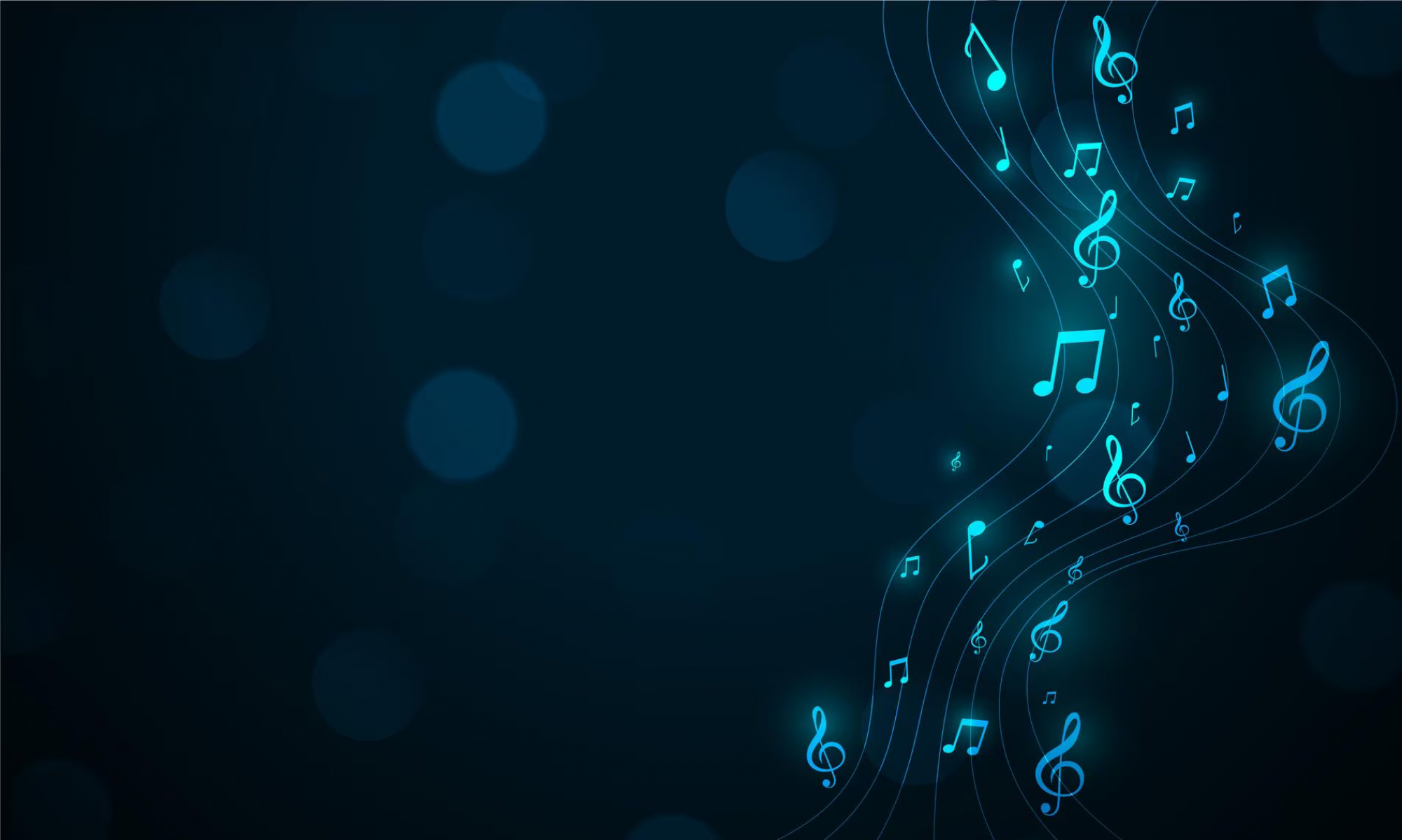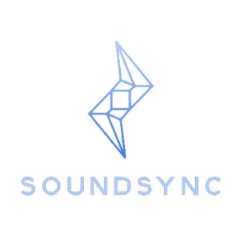This week saw the most progress across our subsystems. On the frontend, we now have complete functionality that is just waiting for a few last integration touches from the backend. Right now, we are able to update the cursor and flip pages in real time with the audio subsystem and the eye tracking subsystem separately sending AJAX messages from the backend.
Some challenges we overcame this week involved the loss of Caleb’s laptop functionality. While debugging, we overwrote the user path name and restarted the computer, which made it confused and couldn’t load his drives. In order to recover from this issue, we moved our system to running on Rohan’s laptop. This involved several hours of installing dependencies, rebuilding environments, and fixing bugs. Finally, we got the real time system working on Rohan’s computer including audio and eye tracking.
Substantial improvements were made to the eye tracking subsystem this week. The eye tracking subsystem is able to accurately calculate when a user is nearing the end of a page and aptly flips the page as a function of the tempo. We also worked on adding a predictive element using the time difference of playing through a line. This uses linear extrapolation to predict where the user is located in the music more accurately than just the page flip logic.
The audio subsystem has become more accurate, with more advanced microphone filtering and clear chroma vector outputs from a real test audio. In addition, we ran into several problems with uploading and using MIDI files on Rohan’s computer, however, we fixed that and are able to receive sound outputs in MIDI form and decipher their information.
All in, it’s been a grind this week, but the finish line is in sight. We will continue working hard to reach our goals and deliver an amazing system.

